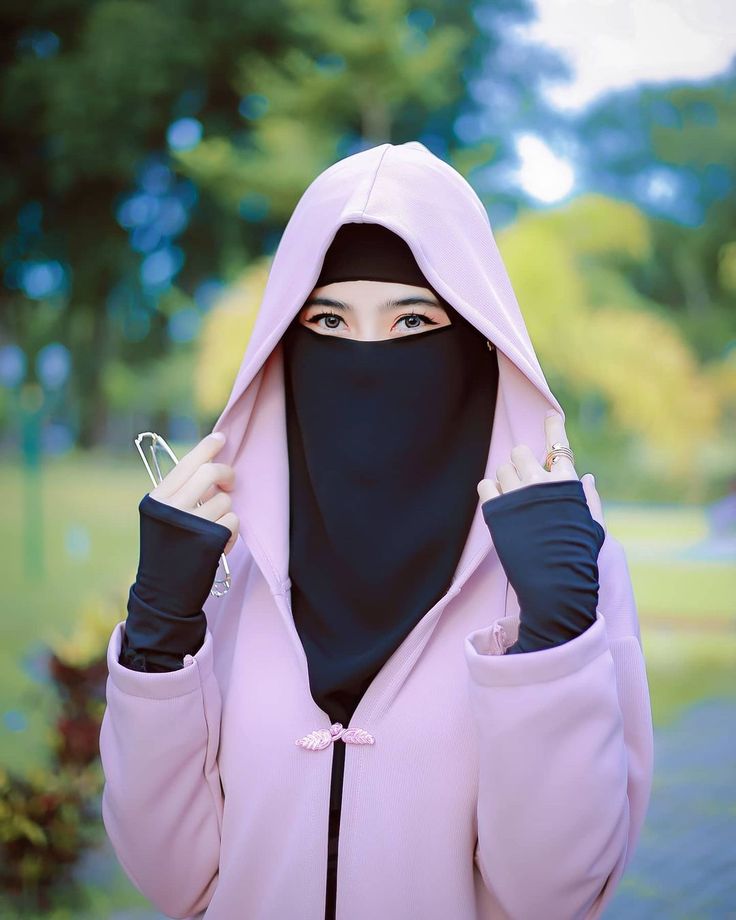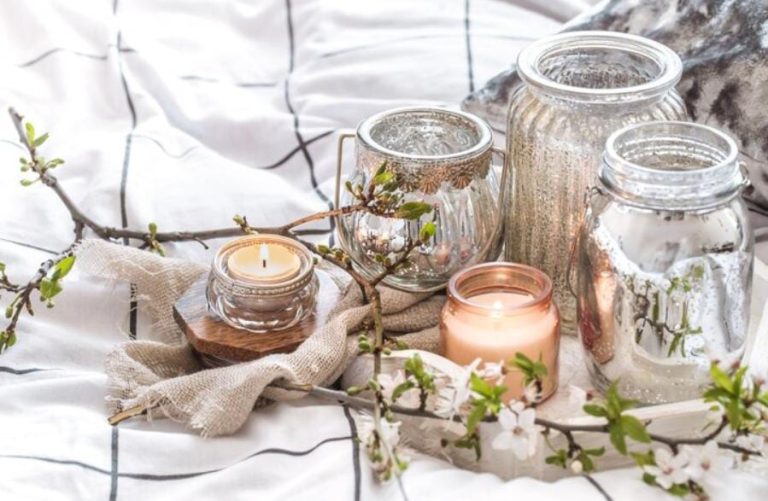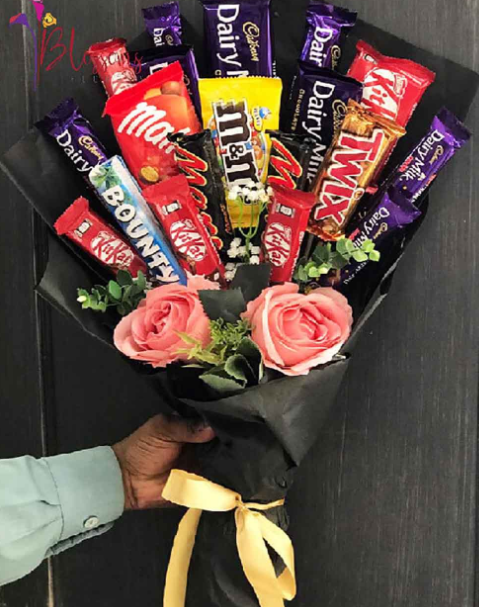From Modest to Modern: The Role of Chiffon Hijabs in Contemporary Fashion
Asenqua Tech is reader-supported. When you buy through links on our site, we may earn an affiliate commission.
In the ever-evolving landscape of fashion, the hijab has emerged from its traditional roots to become a statement of style, individuality, and empowerment. Among the diverse materials used, chiffon hijabs, in particular, have made a significant impact on both modest and mainstream fashion spheres. This transition from a modest garment to a modern, fashionable accessory highlights the adaptability of the hijab in contemporary wardrobes, proving its place on high fashion runways, in street style, and within the digital realms of fashion influencers worldwide.
The Evolution of the Hijab in Fashion
Historically, the hijab served as a symbol of modesty and privacy for Muslim women, with its primary function being to cover the head and chest in the presence of men outside of their immediate family. However, the 21st century has seen the hijab undergo a transformation, becoming a versatile accessory that complements a wide range of outfits and occasions. Chiffon hijabs with their lightweight, elegant fabric, have been at the forefront of this change, offering both comfort and style.
Chiffon Hijabs: A Symbol of Elegance and Versatility
Chiffon, a fabric known for its sheer, flowing quality, has elevated the hijab to new heights of fashion. Its semi-transparent nature allows for layers of color and texture, providing a depth of style that other materials cannot. Chiffon hijabs come in an array of colors, patterns, and embellishments, making them suitable for casual daywear, professional settings, and even glamorous evening events. Their versatility has been embraced by Muslim women around the globe, who seek both adherence to their faith and a means of expressing their personal style.
Presence on the High Fashion Runways
In recent years, chiffon hijabs have made their mark on the high fashion runways, with designers incorporating them into their collections as a celebration of cultural diversity and inclusivity. Luxury brands have recognized the importance of catering to the Muslim market, designing collections that feature chiffon hijabs paired with high-end garments, thus blending modesty with luxury fashion. This inclusion has not only provided Muslim women with more options but has also introduced the beauty and versatility of chiffon hijabs to a wider audience.
The Impact of Street Style and Social Media
Street style has played a crucial role in showcasing the chiffon hijab’s adaptability to contemporary fashion trends. Women are creatively styling their hijabs, tying them in innovative ways, and pairing them with everything from jeans and sneakers to maxi dresses and boots. Social media platforms, particularly Instagram, have amplified this trend, with fashion influencers sharing their hijab-wearing tips, outfit inspirations, and how-to guides, further cementing the chiffon hijab’s place in modern fashion.
Fashion influencers, in particular, have taken the chiffon hijab to new heights of popularity. They experiment with bold prints, vibrant colors, and intricate designs, often mixing and matching them with Western-style outfits to create looks that are both respectful of their cultural heritage and in line with contemporary fashion trends. These influencers have not only inspired Muslim women but have also attracted non-Muslims to explore the beauty and versatility of chiffon hijabs, demonstrating the universal appeal of this fashion accessory.
Embracing Diversity and Inclusivity
The rise of chiffon hijabs in contemporary fashion signifies more than just a trend; it reflects a broader movement towards diversity and inclusivity in the fashion industry. By embracing the hijab, designers and brands acknowledge the importance of representing and catering to different cultures and religions. This inclusivity encourages a more accepting and diverse fashion landscape, where personal identity and cultural heritage are celebrated rather than concealed.
Bridging Cultures through Fashion
The adoption of chiffon hijabs in the fashion industry serves as a bridge between cultures, fostering a mutual respect and understanding through the universal language of style. This cultural exchange encourages a dialogue that transcends borders, religions, and ethnicities, proving that fashion can be a powerful tool for unity and inclusivity. As chiffon hijabs become a staple in the fashion world, they carry with them stories of heritage, identity, and personal freedom, offering a narrative that is as rich and diverse as the fabric itself.
The influence of chiffon hijabs extends beyond the Muslim community, inviting people of all backgrounds to appreciate the beauty and craftsmanship of these garments. Designers from various parts of the world have started to incorporate elements of Islamic fashion into their collections, creating a fusion of styles that celebrates diversity. This cross-cultural collaboration has led to the emergence of new fashion genres, where East meets West in a colorful display of creativity and innovation. By integrating chiffon hijabs into their designs, fashion designers not only pay homage to the garment’s cultural significance but also contribute to a more inclusive and open-minded fashion industry.
Empowering Women through Fashion Choices
The rise of chiffon hijabs in contemporary fashion also marks a significant step towards empowering women by giving them greater control over their appearance and how they choose to express their faith and identity. This empowerment comes from the ability to blend traditional values with personal style, allowing women to navigate the modern world without compromising their beliefs. The versatility of chiffon hijabs enables women to participate fully in various aspects of society, be it in the workplace, at social gatherings, or in public spaces, without feeling constrained by their clothing.
Moreover, the fashion industry’s embrace of chiffon hijabs has opened up new opportunities for Muslim women as designers, entrepreneurs, and influencers, helping to shatter stereotypes and build a more inclusive environment. These women are at the forefront of the modest fashion movement, driving innovation and inspiring others with their creativity and resilience. Their success stories highlight the potential of fashion as a platform for empowerment, self-expression, and change.
Conclusion
The transformation of chiffon hijabs from a modest garment to a modern fashion accessory illustrates the dynamic nature of fashion, where cultural traditions and contemporary trends intersect. As chiffon hijabs continue to grace high fashion runways, street style scenes, and social media platforms, they challenge conventional notions of modesty and fashion, empowering women to express their identity and beliefs through their choice of attire. In doing so, chiffon hijabs have not only found a place in the wardrobes of Muslim women but have also become a symbol of fashion’s inclusive future.







